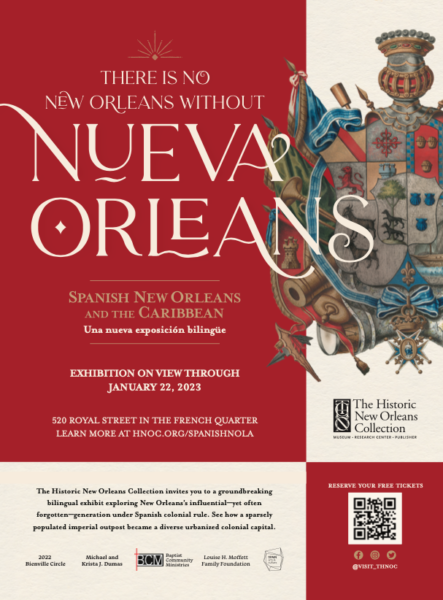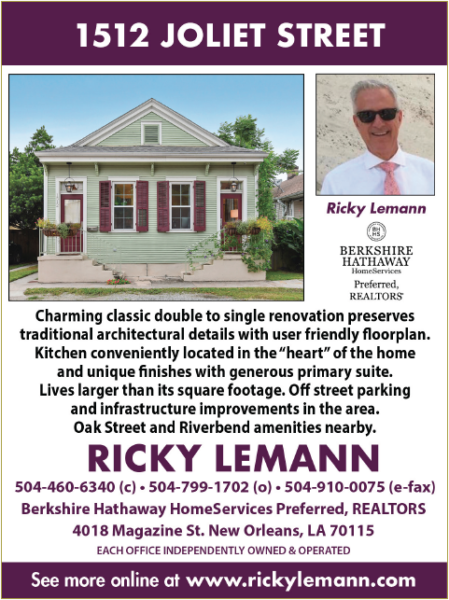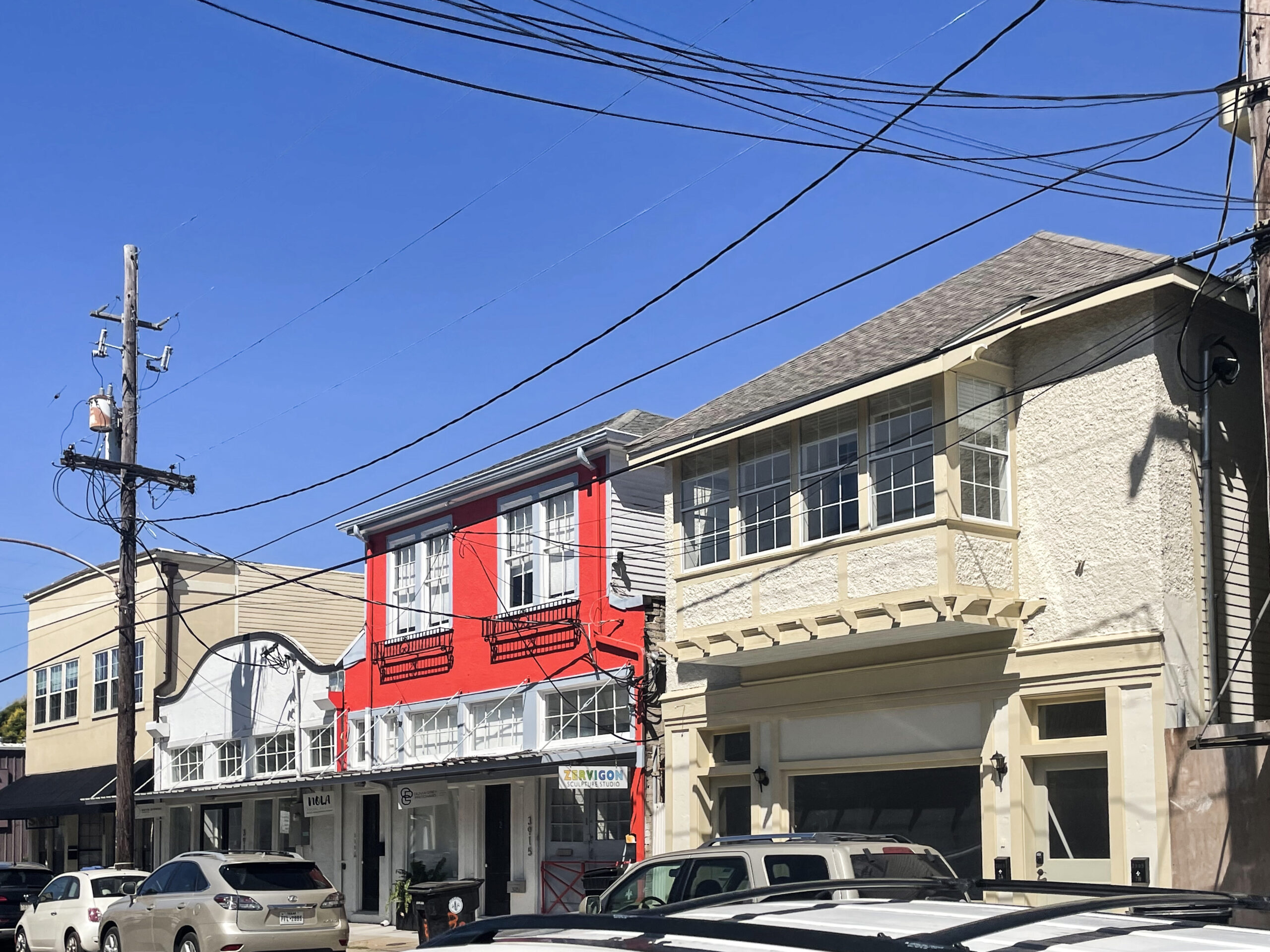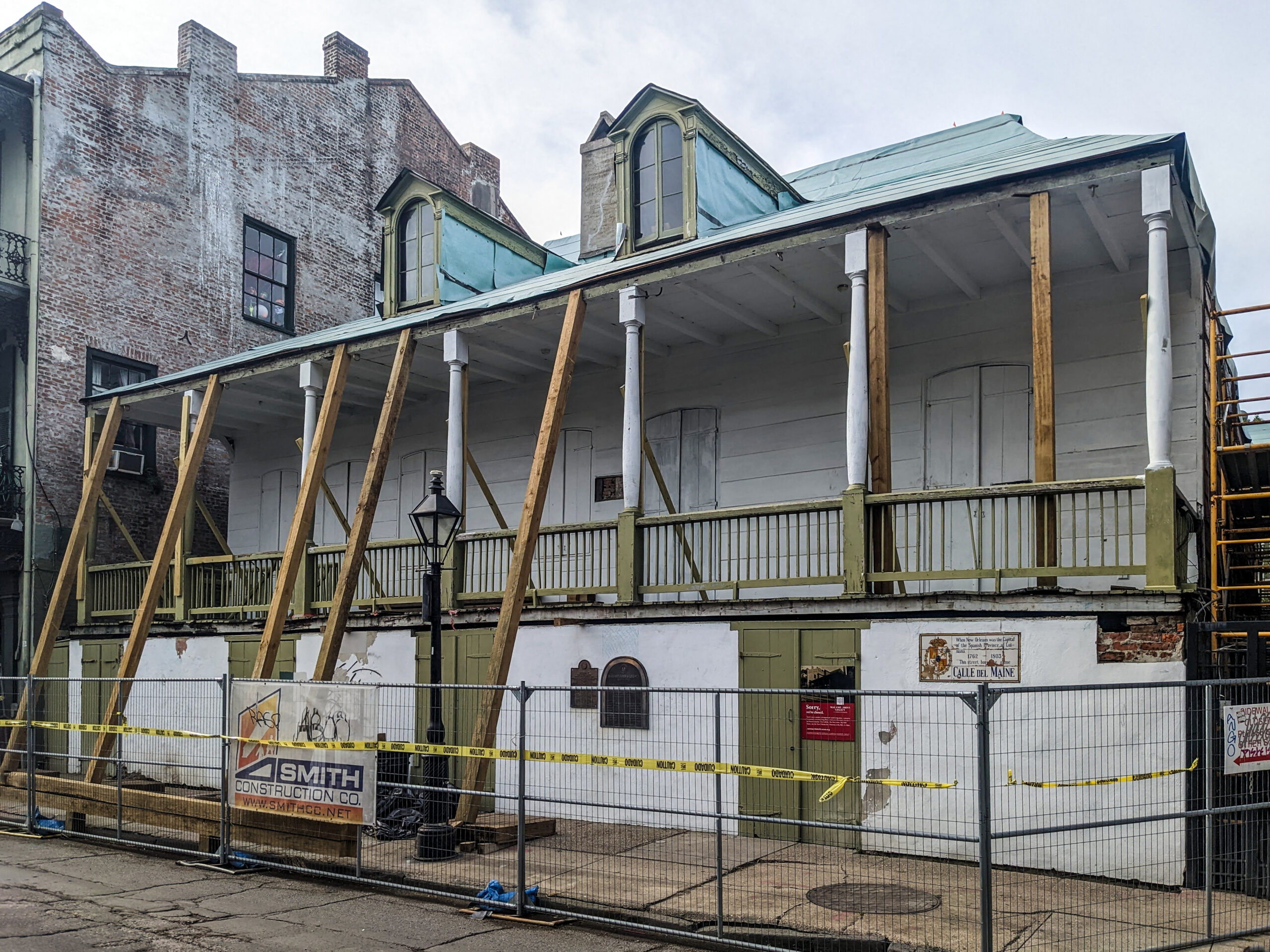Mallea is the author of three books, Great Houses of Havana; Escape: The Heyday of Caribbean Glamour; and Havana Living Today: Cuban Home Style Now. He will speak at the PRC on Nov. 10 in a presentation on Design in the Tropics: Cuban Design Excellence, presented by Kanner & Whiteley LLC. Mallea’s talk will be followed by a conversation about excellence in global design, moderated by New Orleans interior designer and PRC board member Nomita Joshi-Gupta. Reception and book signing to follow. Learn more & RSVP.
I’m a Preservationist
Hermes Mallea
ARCHITECT AND PARTNER IN M(GROUP), A DESIGN FIRM BASED IN NEW YORK
Next year, the Preservation Resource Center plans to host its second trip to Cuba. After our first trip with PRC members in 2019, we were impressed by the level of historic preservation and adaptive reuse work happening in Havana. What has stood out to you most in your visits to Cuba?
First of all, the scale of Habana. I hadn’t been prepared for the monumentality of the colonial town. And then, the extent of the city: all those neighborhoods working your way west from the old walled city. Such sophisticated architecture for the capital of a Caribbean island nation.
The City Historian’s office under Eusebio Leal Spengler accomplished so much — in contrast to the image we all carry around of deteriorated historic buildings falling apart. I never tire of being in Havana Vieja — either the preserved part or the down-at-heel working-class neighborhoods. Next, we need similar efforts made to save the city’s wonderful 20th-century architecture, which constitutes an archive of every eclectic revival style imaginable. I’m very interested in the role of good design in attracting higher-end tourism, so that’s a particular aspect of Havana preservation that I am constantly following.
Is there a difference in the way society views historic preservation in Cuba versus in the United States?
From the point of view of sustainability or recycling — Cubans have no choice but to work with existing structures — most buildings on the island were built before the 1959 revolution. Ironically, this means that the structures they’re working with were created by the social class against whom the revolution had been fought. In spite of this, I find Cubans very proud of their rich architectural patrimony.
My own preservation practice regarding Cuba has been small-scale and very personal, from my books celebrating Cuban and Caribbean design to the two exhibitions of family photos that I’ve curated and installed on the island.
The pictures I showed dated from 1860 to 1950, allowing me to study many aspects of historic family life on the island. I’m proud that my work has preserved a record of the lifestyle traditions of the Cuban family, as well as the splashier landmark structures I found in Havana that I documented in my books.
Advertisement
You have written about the “New Design Entrepreneurs of Havana.” What is spurring the development of entrepreneurship in creative fields, such as architecture and design?
I was so excited when I first realized that there were all kinds of independent businesses operating in Cuba, that it went beyond the home restaurants and renting rooms out to foreigners we’re all familiar with. I’ve witnessed the impact these entrepreneurs have had on the local economy: business owners creating jobs for family and neighbors, while improving the appearance of their little piece of the city, making parts of Havana vibrant again. I was particularly hopeful when I saw the number of younger people launching freelance businesses, renovating houses and storefronts, staying in Cuba because they felt optimistic about a future on their island, as opposed to seeing emigration as their only option. It felt like Cubans were expressing their creativity in these new businesses: fashion, culinary, events planning, hospitality, tourism, tattooing, making art, etc.
There was a moment when my friends in Havana could not stop talking about renovating buildings and launching new businesses. I was excited to see freelance architects and interior designers be an important part of that expression of Cuban imagination.
For the last several years, I’ve been recording video interviews with Havana’s new creative class, learning about their design process, including opportunities and challenges. I feel that these conversations preserve an important moment in Cuba’s culture, so I’m excited to be developing an online Design Archive, which feels especially appropriate given the negative impact of the recent political climate on the growth of this freelance movement.
New Orleans is often called the northernmost Caribbean city. What do you think of that comparison?
I think it’s an appropriate analogy. You know all the obvious connections: both are port cities once ruled by Spain, with important commercial ties, shipping connections, religious ties from Catholic to Afro-Caribbean beliefs. There is distinctive music developed in each city that was influenced by the other.
Years ago, I discovered La Patria, a Spanish-language newspaper published in New Orleans in the late 1840s, and I was fascinated to understand the fluidity, the commercial, social, artistic and cultural links that connected New Orleans to Havana as well as other Caribbean islands for so long. Isabel Allende’s beautiful book, The Island Beneath the Sea, illustrates the very dynamic ties binding New Orleans to Cuba and Haiti.
Recently, thanks to the New Orleans Hispanic Heritage Foundation, I’ve had the pleasure of meeting Cuban families who settled here after the 1959 Revolution. They preserve that historic connection, while the city’s many Latinos living in New Orleans make it come alive.
It’s impossible for me not to think of Cuba while strolling around New Orleans’ historic neighborhoods: the scale, the significance of climate in design, including ventilation and protection from the sun and rain. And, of course, the landscape, which I particularly love in the homes of both cities — nothing makes me happier than being in an overgrown tropical courtyard, whether in Old Havana or the French Quarter.
Advertisement
You have been instrumental in the development of the library at Santa Clara College, housed at the site of a 17th-century convent in Old Havana. This project was part of a campaign by Havana City Historian Eusebio Leal Spengler to restore the convent so it could serve as a “preservation and creative industries training hub for Cuba and the Caribbean.” Tell us about the library project and the international book collection campaign.
During Covid, I was able to work remotely on creating a design library in Old Havana at the new Colegio de Santa Clara. Working with Norma Barbacci of the World Monuments Fund, we gathered more than 4,000 design books donated by the U.S. preservation and design community and shipped them down to Havana, where they’ll form the core of the Colegio’s reference library, reinforcing the importance of communication and the exchange of knowledge between our countries.
You were the design consultant for Bar La Rampa, a celebrated new restaurant in London that showcases Havana’s gastronomic culture. How did you approach that project?
After years of documenting Cuban design history, I had the opportunity to “design in Cuban,” creating a sense of place using traditional architectural elements. I was hired as a consultant/expert in authentic Cuban style by a London restaurateur opening two Cuba-themed bars in the city. I created a menu of design elements that captured the look of Havana’s “play spaces” on the brink of the revolution — international hotels, intimate jazz clubs, private beach clubs. Our recommendations captured the spirit of night in Havana today while avoiding the clichés we’re all familiar with.
What is your favorite design element in a Cuba house?
I love the operable wood louvers which Cubans are constantly adjusting to temper their climate: to let the breezes through, to block the tropical rains, and keep the sun out of their interiors.
I especially like it when floor-to-ceiling panels of these louvers become the exterior walls of a Cuban house. I’m thinking the tropical modern houses of the 1950s, in which these walls of louvers can be folded away to completely open a room to the garden outside, achieving an interior/ exterior connection that is Cuban living at its best. In general, I love the way the 1950s designers took the signature elements of Cuba’s centuries of homebuilding traditions — like these shutters — both preserving and making these elements modern. These are the houses I always fantasize about owning.
Join us for “Design in the Tropics: Cuban Design Excellence with Hermes Mallea presented by Kanner & Whiteley, LLC” on Nov. 10. Learn more & RSVP
Advertisements










